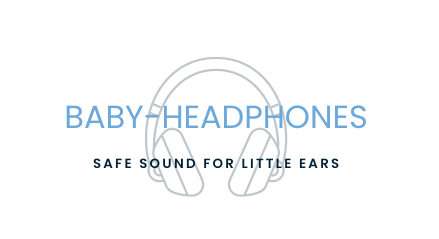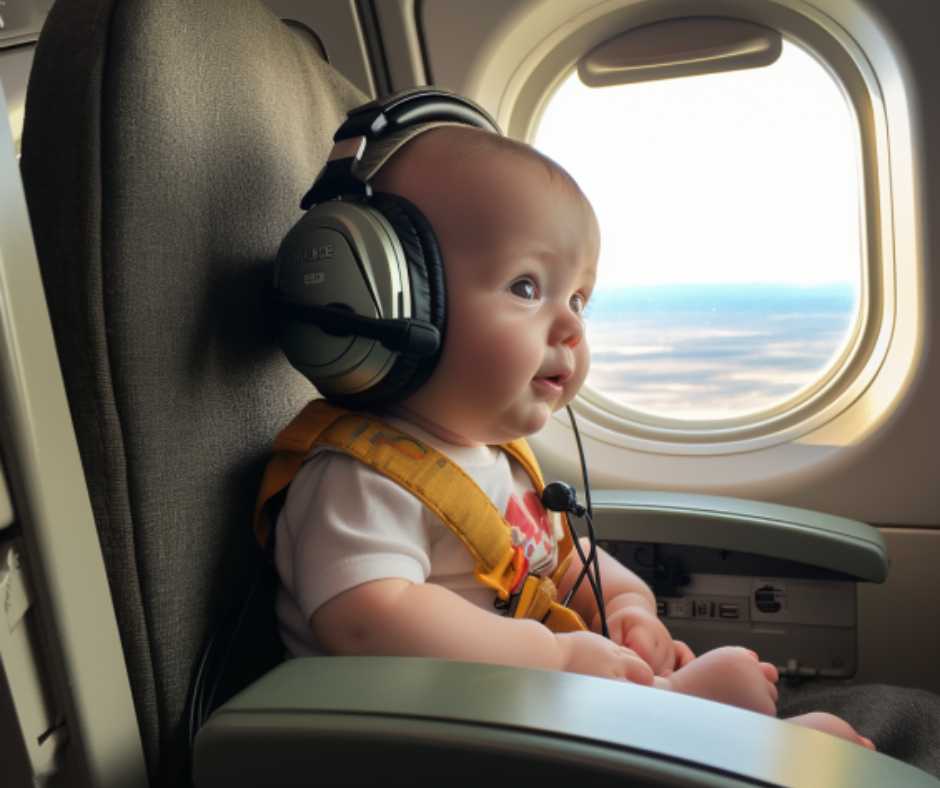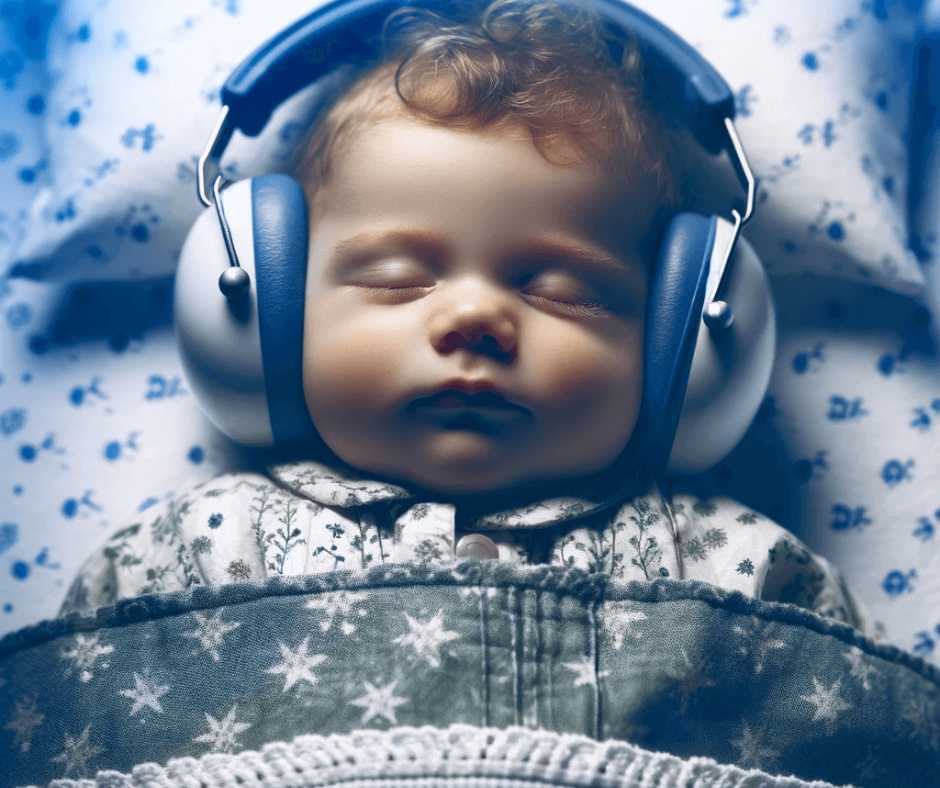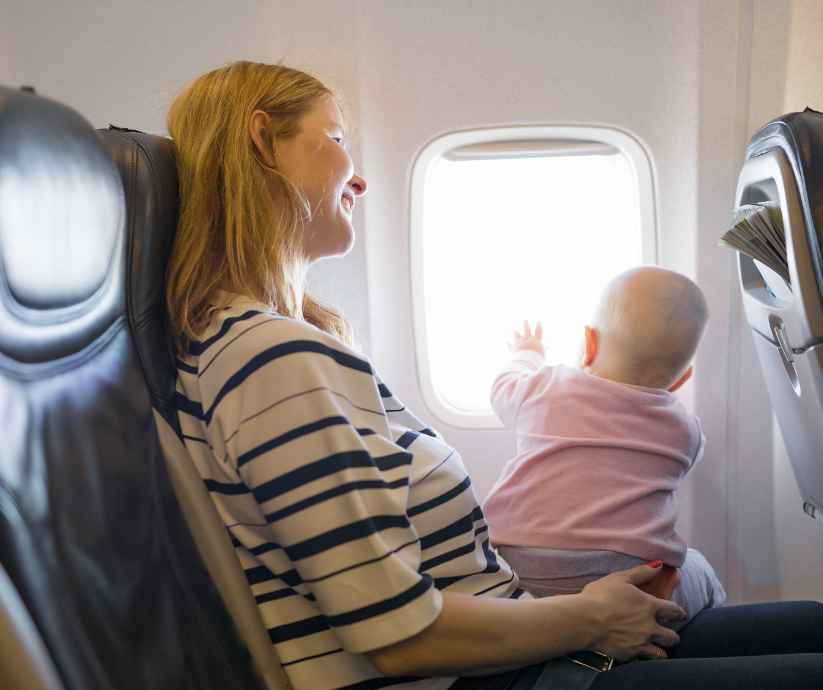As a parent, it’s important to understand how loud your child’s audio equipment can get. In this guide, we’ll explain what decibel levels are and how they affect your child’s hearing.
As parents, we want the best for our children, including their entertainment and learning experiences. With the rise of technology, many kids today have access to audio equipment like headphones, speakers, and earbuds.
While these devices can be a great way for children to listen to music, watch videos, or learn through educational apps, it’s important to consider the potential impact on their hearing.
One way to measure the potential impact of audio equipment is through decibel levels. Decibels are a unit of measurement used to quantify sound intensity, and exposure to high levels of sound can damage a child’s hearing over time. In this guide, we’ll explain what decibel levels are, how they affect your child’s hearing, and what parents can do to protect their children’s hearing while using audio equipment.
What are decibel levels?
Decibels (dB) are a unit of measurement used to quantify sound intensity. Sound levels are usually measured on a logarithmic scale, which means that an increase of 10 dB represents a tenfold increase in sound intensity. For example, 60 dB is 10 times more intense than 50 dB.
How do decibel levels affect hearing?
Exposure to loud sounds can damage the delicate structures in the inner ear, leading to hearing loss and tinnitus (ringing in the ears). The amount of damage depends on the intensity and duration of the sound, as well as the age and overall health of the listener.
Recommended decibel levels for children’s audio equipment
The World Health Organization recommends that the maximum exposure to noise in children should not exceed 85 dB for a maximum of eight hours per day. However, this level may still be too high for some children, particularly those who are younger or have a history of hearing problems.
As a general rule, parents should aim for audio equipment that has a maximum volume of 75 dB or lower. Many children’s headphones and audio devices come with built-in volume limiters, which can help ensure safe listening.
Tips for protecting your child’s hearing
Here are some tips to help parents protect their child’s hearing while using audio equipment:
- Choose audio devices that have volume limiters or other safety features.
- Set volume limits on devices that don’t have built-in limiters.
- Encourage your child to take breaks from audio equipment and give their ears a rest.
- Use noise-canceling headphones to reduce the need for high volume levels.
- Teach your child about the importance of safe listening and the risks of hearing damage.
Common questions about decibel levels and children’s audio equipment
What are some signs that my child may be experiencing hearing damage?
Signs of hearing damage can include ringing in the ears, difficulty hearing or understanding speech, and sensitivity to loud sounds.
Can earbuds be more damaging to a child’s hearing than headphones?
Yes, earbuds can be more damaging because they sit closer to the eardrum and can deliver sound directly into the ear canal.
How can I tell if my child’s headphones are too loud?
A good rule of thumb is to see if you can hear your child’s audio equipment from a few feet away. If you can, the volume may be too high.
Are there any audio devices that are specifically designed for children’s hearing safety?
Yes, there are audio devices on the market that have been specifically designed with children’s hearing safety in mind. These devices often have built-in volume limiters and other safety features.
What should I do if my child complains about ear pain or ringing in their ears after using audio equipment?
If your child experiences ear pain or ringing in their ears after using audio equipment, it’s important to take a break from using the equipment and schedule an appointment with an audiologist or healthcare provider.
Conclusion: Ensuring safe and enjoyable audio experiences for kids
As parents, it’s our responsibility to protect our children’s hearing while still providing them with enjoyable and educational audio experiences. By understanding decibel levels and taking steps to limit exposure to high-intensity sound, we can help ensure that our children have a safe and enjoyable experience with audio equipment.
Remember to always check the maximum volume levels of your child’s audio equipment and consider investing in devices with built-in safety features. By taking these steps, you can help ensure that your child’s audio experience is both fun and safe.




